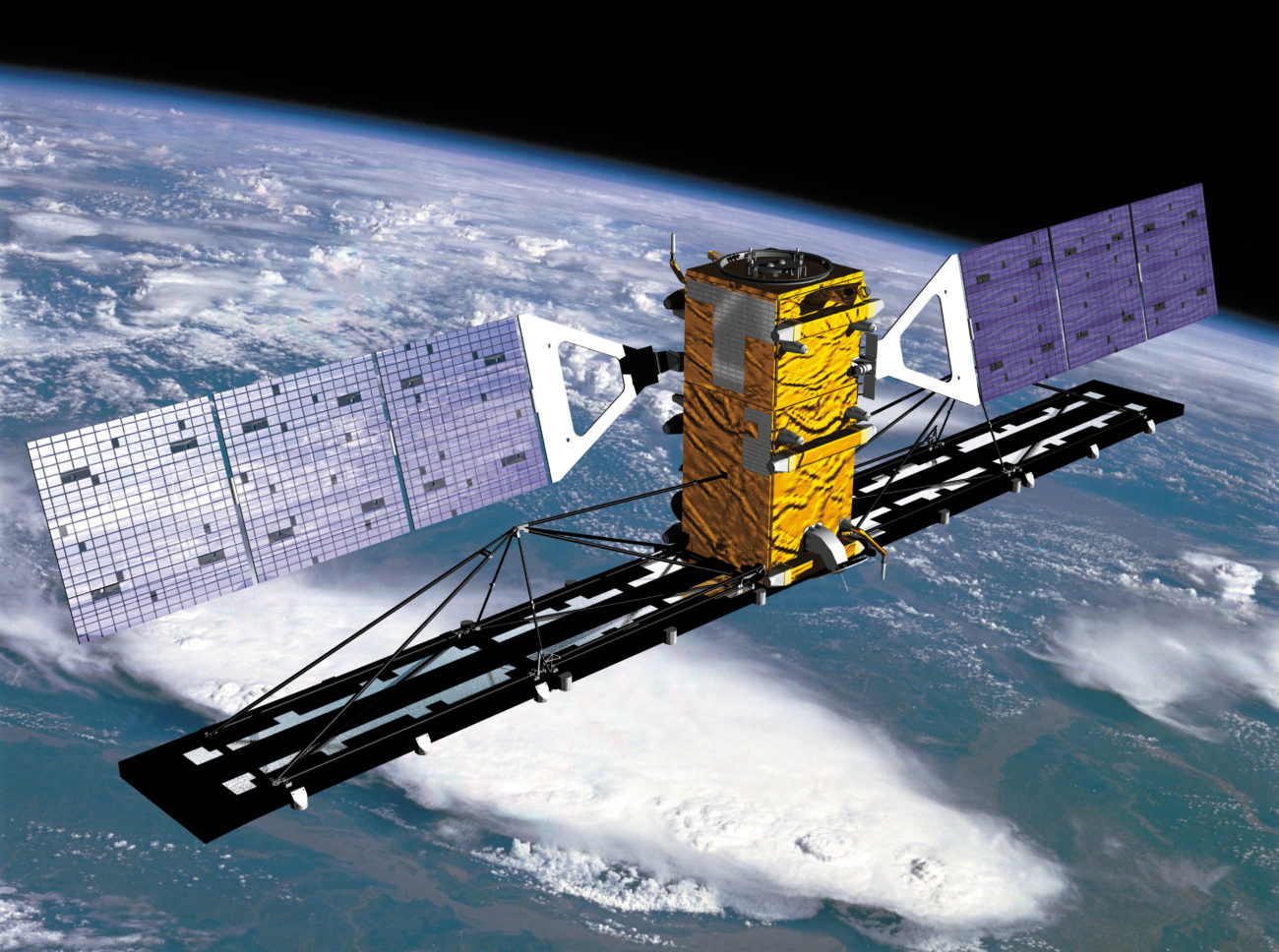
SYDNEY, Australia – Canada’s recently announced defense industrial strategy provides funding for space technologies with civil and military applications, Canadian Space Agency President Lisa Campbell said at the International Astronautical Congress here.
“Satellite servicing, refueling, sustainable access to orbit, advanced robotics, artificial intelligence applications, critical deep space systems and cybersecurity have applications for defense but also on the civil side,” Campbell said. “In many of these areas, civil and defense needs naturally converge.”
In June, Canadian Prime Minister Mark Carney and Minister of National Defence David McGuinty announced plans to boost military spending by 9 billion Canadian dollars ($6.5 billion) in the fiscal year ending March 31. Of that total, more than 13 million Canadian dollars will be awarded to 17 Canadian companies developing space technology with dual-use applications.
“The investment is going to help ensure that Canada remains equipped to address emerging security challenges while reinforcing our sovereignty,” Campbell said. “The funding will help companies expand into new markets and also help the Canadian economy.”
Earth Observation
In addition, the Canadian Space Agency will spend $5 million on projects that expand the use of satellite imagery and data. Projects will “address issues including declining species population, habitat degradation, deteriorating water quality and forest disturbance,” Campbell said.
Earth observation strengthens Canada’s ability to respond to wildfires, monitor the rapidly changing Arctic and assess biodiversity loss and observe extreme climate events, Campell said. Space-based Earth observation “helps us monitor these changes, anticipate their impacts, but also empower communities to look after the land and also save money and save infrastructure,” she added.
International Trade
With international trade patterns in flux, the Canadian Space Agency is expanding partnerships, Campbell said, citing ongoing work with the European Space Agency and the Japan Space Agency JAXA. This fall, Japan’s Canadarm2 on the International Space is scheduled to capture Japan’s first HTV-X cargo resupply vehicle.
Like many speakers at IAC, Campbell also made a pitch for talent.
“Canada welcomes the best and brightest minds to help drive space science and technology research and development,” Campbell said.



